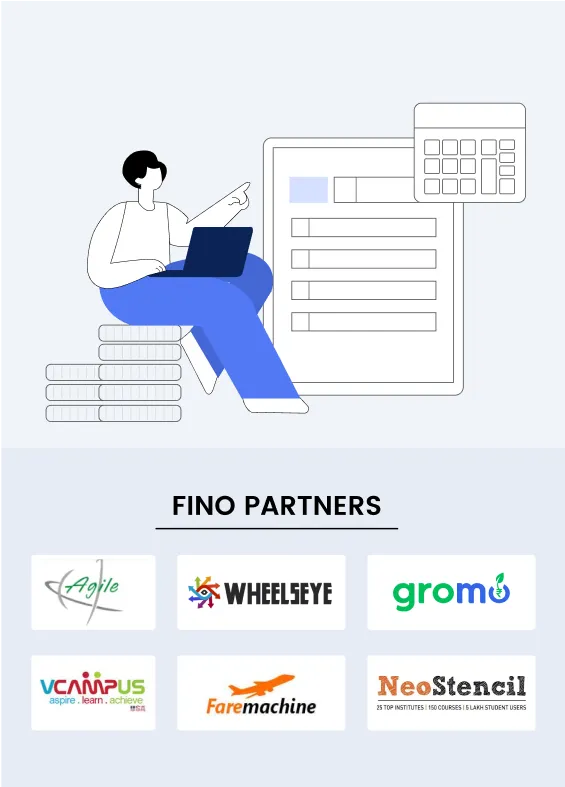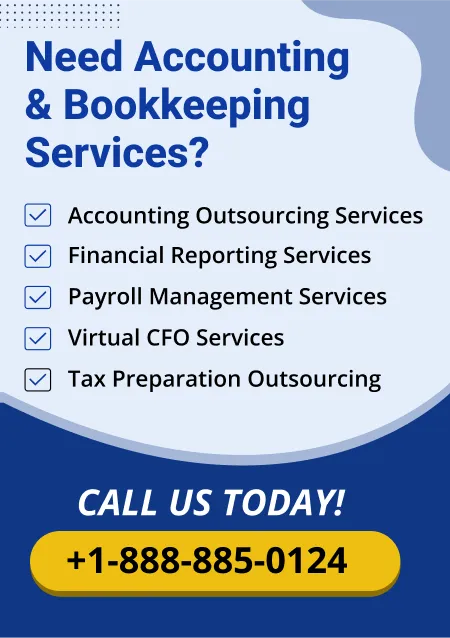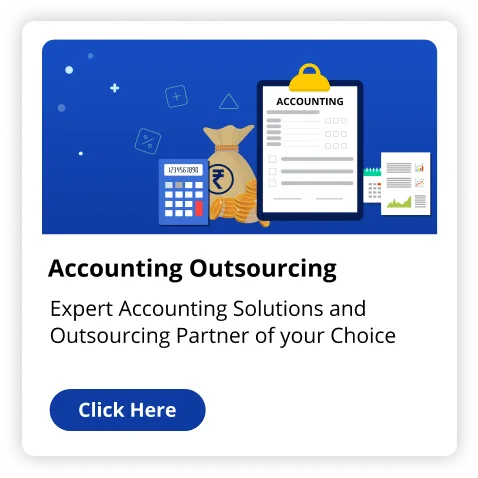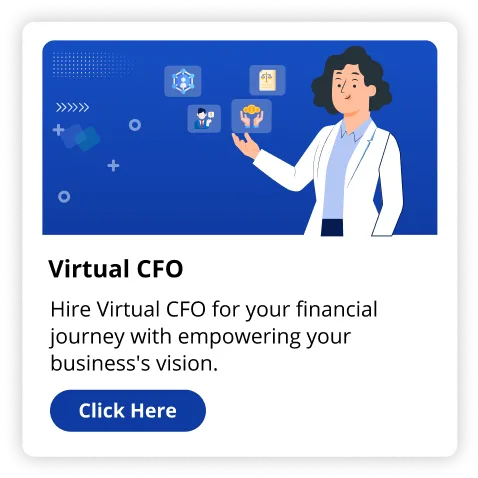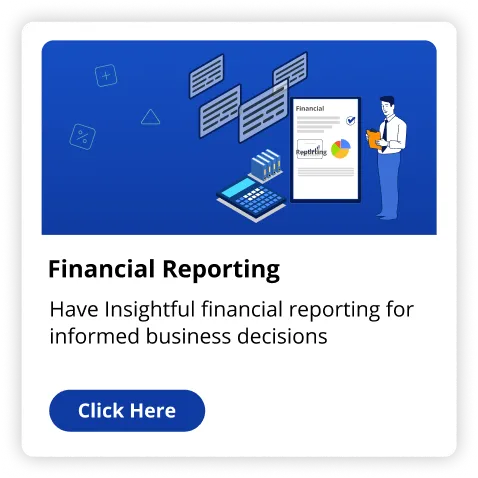American nonprofit accounting organisations are the pillar upon which social change rests, with more than 1.5 million listed nonprofits donating nearly $1 trillion yearly to the U.S. economy. $499 billion were given to charities in America in 2023 alone. Organizations employ 12.5 million persons, or roughly 10 percent of the U.S. labor force. Behind such astounding amounts sits a maze of financial control, special accounting, and ongoing battles, any one of which can stop any good spirit in its tracks.
If you are part of a nonprofit or are thinking about setting one up, nonprofit accounting is not just "nice to have," but a matter of survival, compliance, and impact. We shall now look into what makes nonprofit accounting so special, the greatest obstacles organizations face in 2025, and practical solutions to help your organization thrive.
What Makes Nonprofit Accounting Different?
Nonprofit accounting is not simply "business accounting with a twist." The chief concern is accountability and transparency towards stakeholders-donors, grantmakers, IRS, and the public-before profit generation. Here is how this happens:
- Fund Accounting: Nonprofits need to account for funds by source and restriction (for example, unrestricted, temporarily restricted, permanently restricted) to ensure that the money is spent as per their donors' wishes.
- Revenue Recognition: Donations, grants, and pledges all have distinct stipulations of their own regarding when and how they can be accounted for as income, which may be different from when money is received.
- Functional Expense Reporting: Nature of the expenses (salaries, rent, supplies) and function (program, management, fundraising) must be reported by nonprofits as per the mandate of the IRS.
- Net Assets, Not Equity: Rather than "owner's equity," nonprofits report "net assets," which means what remains with the organization after paying off its liabilities.
These differences make nonprofit accounting less about profit and loss and more about stewardship and compliance.
The Big Challenges Nonprofits Face in 2025
The sector is struggling with many ongoing and emerging challenges, the 2025 Nonprofit Technology Impact Report finds:
1. Staffing Shortages and Skills Gaps
- 58% of nonprofit executives cite hiring and retention as their top challenge.
- Nonprofits are having trouble keeping up with private sector compensation and benefits, and a decline in volunteerism is exacerbating the problem.
2. Funding Complexity and Competition
- 55% identify competition for funding as a leading issue.
- Nonprofits are doing more programs with less money, and donors expect more transparency and impact reporting.
3. Manual Processes and Inefficiency
- 41% indicate a lack of process automation and organizational efficiency.
- 35% use manual, labor-intensive reporting.
- 34% do not have real-time visibility into key metrics and performance.
4. Compliance and Reporting Burdens
- Nonprofits are subject to stringent IRS, state, and grantor requirements.
- Restricted fund management, grant compliance, and donor-specific reporting are time-consuming and prone to errors.
5. Budgeting and Cash Flow Management
- 31% have difficulty with budgeting and planning.
- Revenue streams are volatile, and restricted funds can't always be applied where they're needed most.
What are the Documents Required for Nonprofit Accounting?
To overcome these challenges, nonprofits use some key accounting documents:
- Chart of Accounts (COA): Consolidates all of the financial accounts into categories such as assets, liabilities, net assets, revenues, and expenses.
- Statement of Financial Position: The nonprofit equivalent of a balance sheet, which reports assets, liabilities, and net assets.
- Statement of Activities: Similar to an income statement, but relating to changes in net assets by restriction.
- Statement of Functional Expenses: Segregates expenses by both their nature and function.
- Statement of Cash Flows: Illustrates how cash enters and leaves the organization.
Common Nonprofit Accounting Issues (and Solutions)
Let's drill deeper into the most typical accounting challenges nonprofits encounter and solutions for getting past them.
Challenge 1: Accounting for Restricted Funds
The Problem:
Donors frequently place limits on their contributions for particular uses (e.g., scholarships, capital campaigns). Nonprofits need to maintain and report on such funds separately, or face noncompliance and distrust.
The Solution:
- Utilize fund accounting systems that enable you to label each dollar by restriction.
- Streamline allocations and reporting with dedicated nonprofit accounting software.
- Reconcile restricted fund balances regularly to ensure compliance.
Challenge 2: Labor-Intensive Grant Management
The Problem:
Every grantor has its own reporting needs, budget categories, and timelines. Finance teams waste countless hours tracking, adjusting, and reporting on grants manually.
The Solution:
- House grant information in one system.
- Automate monitoring and reporting of compliance to highlight errors in real-time.
- Employ tools that interpret grant restrictions as automated allocations, allowing employees to focus on strategic work.
Challenge 3: Revenue Recognition and Forecasting
The Problem:
Nonprofits obtain revenue from donations, grants, pledges, and program income, and each has various rules of recognition. It becomes challenging to forecast cash flow and plan.
The Solution:
- Apply accrual accounting for improved matching of expenses and revenue.
- Apply dashboards for timely visibility into cash flow and revenue forecasting.
- Train employees on revenue recognition guidelines (FASB, GAAP) to maintain compliance.
Challenge 4: Manual Processes and Lack of Integration
The Problem:
Numerous nonprofits continue to utilize spreadsheets or legacy software, resulting in manual mistakes, inefficiency, and delays.
The Solution:
- Implement nonprofit-focused accounting software with fund management, grant tracking, and donor integration.
- Synchronize accounting with donor management and payroll systems for continuous data sharing.
- Automate recurring tasks such as expense allocations, reconciliations, and report preparation.
Challenge 5: Functional Expense Reporting
The Problem:
The IRS demands that nonprofits report expenses both by nature and function, which is confusing and labor-intensive to maintain.
The Solution:
- Organize your chart of accounts to conform to functional expense categories.
- Implement accounting software that automatically allocates expenses to program, management, and fundraising functions.
- Monitor and revise allocations regularly to maintain accurate reporting.
Challenge 6: Budgeting and Cash Flow Management
The Problem:
Nonprofits tend to have tight margins, volatile revenue, and limited funds that cannot be utilized for immediate needs.
The Solution:
- Create rolling, flexible budgets that can be revised as new data arrives.
- Track cash flow every week, rather than monthly or quarterly.
- Apply scenario planning to forecast funding shortfalls and plan for spending.
Use of Technology for Nonprofit Accounting
The good news: technology is making nonprofit accounting easier, more accurate, and less stressful. Here’s how leading organizations are using tech to their advantage:
- Automated Fund Accounting: Software like KarmaSuite and QuickBooks Nonprofit automates fund tracking, allocations, and compliance monitoring.
- Centralized Grant Management: All grant information, restrictions, and reporting requirements live in one place, reducing manual work.
- Real-Time Dashboards: Leaders can view crucial metrics-such as cash on hand, restricted fund balances, and program expenses real time.
- Integrated Systems: Accounting, donor management, and payroll systems "speak" to one another, avoiding redundant data entry and minimizing errors.
Organizations that invest in automation and integration are more likely to realize greater efficiency, improved compliance, and enhanced mission impact, according to the 2025 Nonprofit Technology Impact Report.
Who Manages Nonprofit Finances?
- Board of Directors: In theory, Directors are responsible for governance, which includes financial management. The IRS requires a minimum of a three-person board for 501(c)(3) organizations.
- Treasurer: Takes care of financial operations and reporting.
- Finance/Accounting Staff or Outsourced Firms: Doing daily accounting, payroll, accounts payable/receivable, and compliance filings.
- Bookkeeper: Takes care of daily transactions, reconciliations, and compliance tasks.
In general, small nonprofits tend to outsource accounting, whereas large ones go with a hybrid price-for-expertise arrangement.
Compliance:
- GAAP (Generally Accepted Accounting Principles): Required if a nonprofit is subject to audit, if the nonprofit receives federal funds in amounts greater than $750,000, or under particular state requirements.
- FASB (Financial Accounting Standards Board): Sets the standards to be followed by nonprofit organizations under GAAP.
- Audits: It must be performed by an independent CPA and may be required by a funder or lender, or by state law.
Conclusion
Nonprofit accounting is all about accountability, transparency, and compliance. The greatest difficulties in 2025 are staff, funding complexity, manual operations, compliance, and budgeting. Technology-namely nonprofit-specific accounting software-can streamline and automate many of these difficulties. Boards, treasurers, and finance personnel need to collaborate to enable effective financial stewardship and reporting. Remaining in compliance with IRS, state, and grantor requirements is unavoidable for trust and sustainability.





